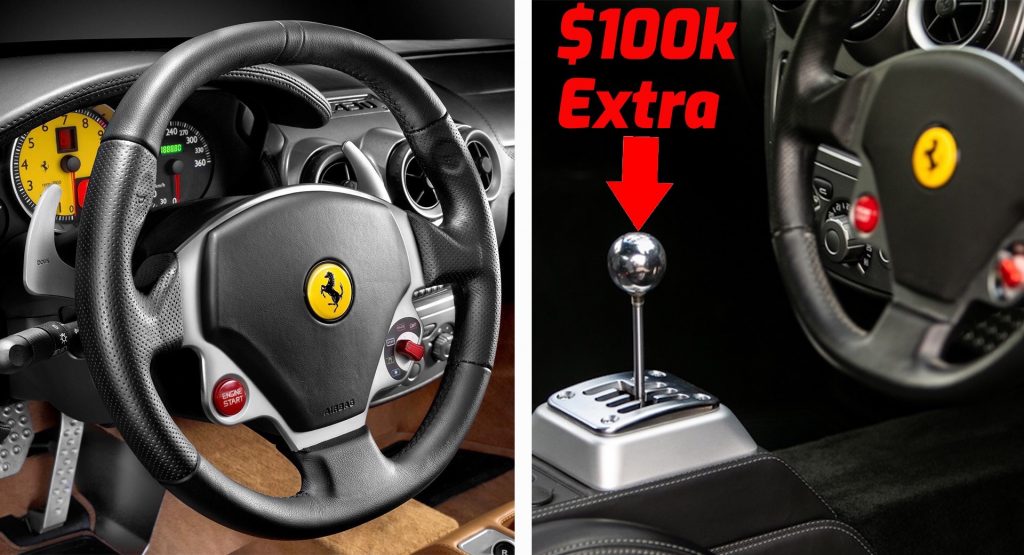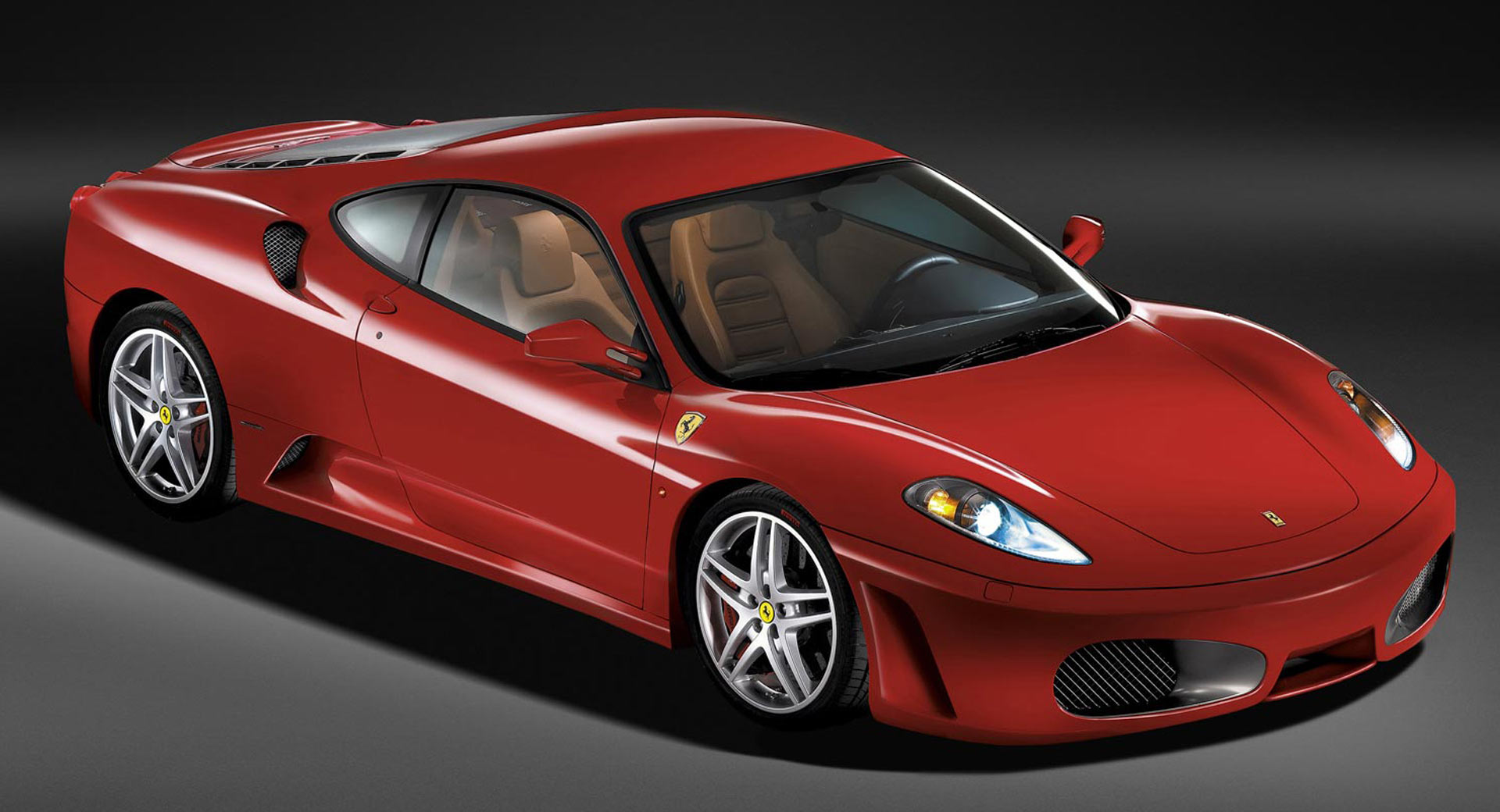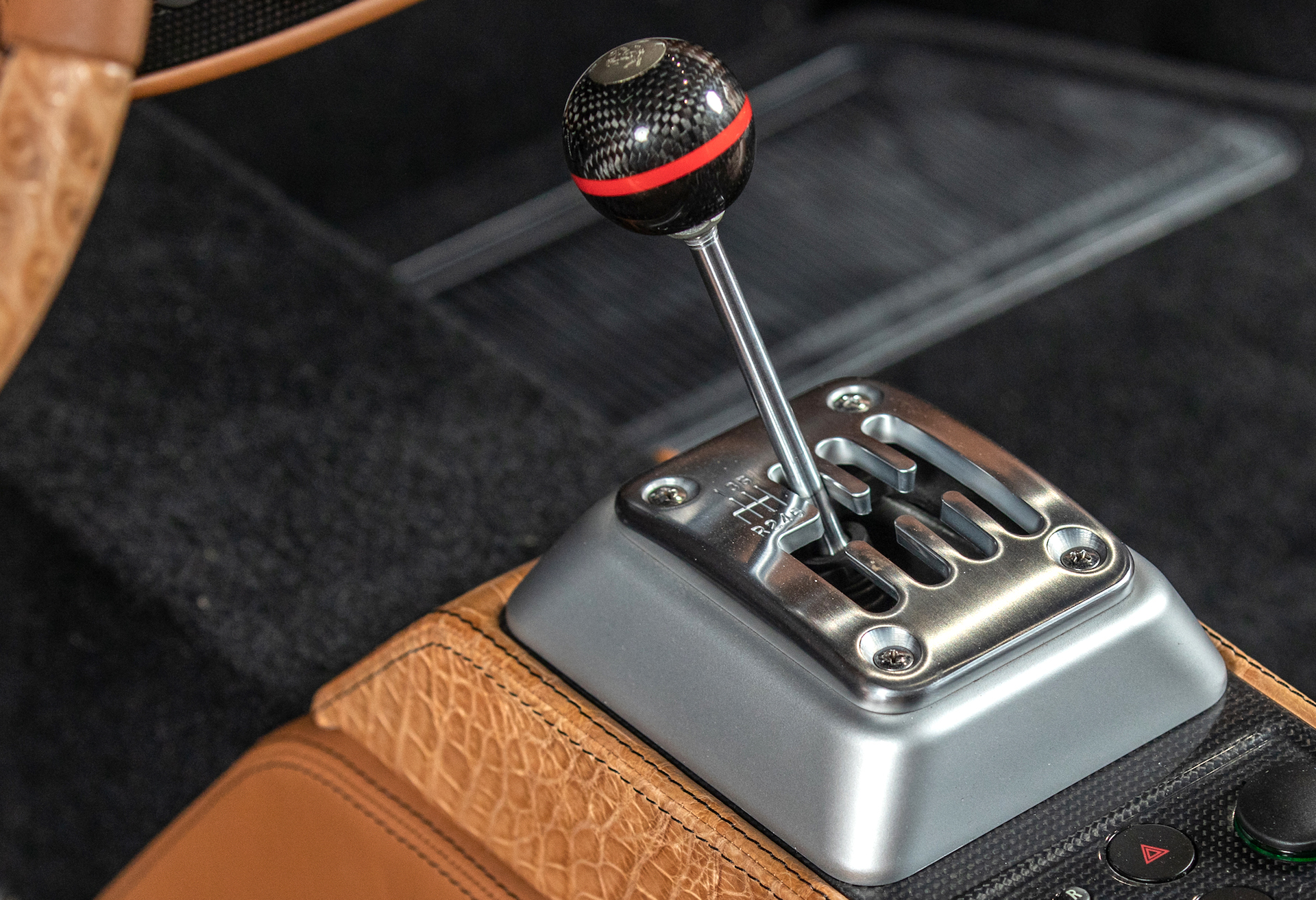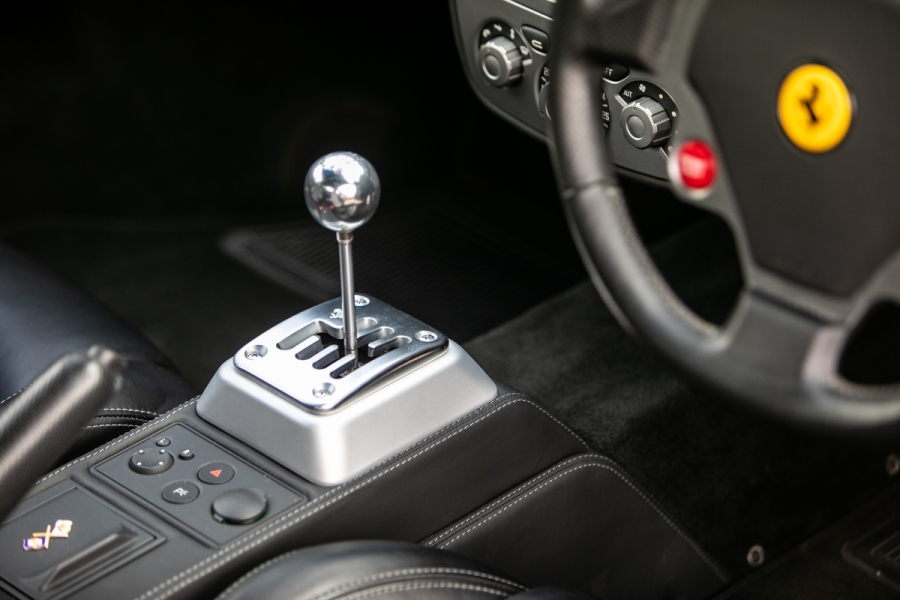Earlier this year we reported how prices for the naturally aspirated Ferrari 458 are matching, and in some cases exceeding those of its newer, faster and theoretically better turbocharged 488 successor as buyers seek out a more analogue driving experience.
But that’s nothing next to what’s going on with the Ferrari 360 Modena and F430 that preceded them. The 3.6-liter 360 introduced in 1999 and the 4.3-liter F430 that followed it in late 2004 were the last mid-engined Ferrari sports cars offered with a choice of six-speed manual transmission alongside the F1 automated manual. And the premium being placed on those stick-shift cars is eye-popping.
We’re talking about a 100 per cent markup, which could represent a $110k price hike on an otherwise mechanically identical $110k F430. And let’s not forget that in these pre-dual-clutch days the manual and paddleshift cars essentially had the same transmission, but the F1 ‘box handled clutch duties.
The demand for manual cars is so crazy that in some cases standard 483 hp F430s with floor-shifters are actually changing hands for more money than the much rarer, hardcore 430 Scuderia, which made 503 hp and came exclusively with an F1 transmission.
Related: Used Ferrari 488s Now Cost Less Than 458s As Customers Value The Latter’s Naturally Aspirated V8
While we should bear in mind that precise values for Ferraris can be swayed by the presence or lack of desirable details like the Daytona seats, fender badges and carbon ceramic brakes, Hagerty’s valuation tool suggests a value $132,000 for a 2009 F430 coupe and $135,000 for its Spider brother. But those prices are for F1 transmission cars. A note cautions to “+ 100% for manual trans”.
A check for a 430 Scuderia of the same vintage, again using Hagerty’s data, suggests $205,000. That would make the ‘best’ 430 less valuable than a stock manual F430, though the ultra-desirable 16M, a Spider version of the Scuderia limited to just 499 units, understandably sails past both with a $280k valuation.
Scanning through the classifieds and, perhaps more importantly, verified sold prices of F430s on Bring-A-Trailer, broadly backs up these numbers. We came across a few stick-shift cars that looked like they might be about to shoot down Hagerty’s figures, but almost every one seemed to have started life as an F1 car before being converted to a manual later in life, as is happening to some BMW E46 M3 CSLs. Those converted F430s had sold for around $150,000, putting them midway between comparable factory-stock manual and F1 cars, which is interesting in itself as Ferrari buyers often frown at modifications.
Related: Texas Company Building A Limited Run Of Manual Ferrari 458 Italias
Manual Premiums Smaller On Older 360 Modena
Looking at the older 395 hp 360 Modena, which used essentially the same chassis, but came equipped with a totally different V8 engine and did without the F430’s active differential, the difference in values is still pronounced, but isn’t quite so stark. Hagerty quotes $75,000 as a realistic value for a 2000 coupe, and advises to add 33 per cent for the manual transmission, which was more commonly found in 360s than it was in F430s.
So far we’ve been talking about the situation in the U.S. It’s interesting to note that manual cars in the UK, while still worth more than F1 cars, don’t carry anything like the same premium. Dealers are asking £90,000 ($125,000) for 2005 F430 coupes with the F1 transmission and 20k miles, but perhaps £120,000 ($167,000) for a manual equivalent.
Supply And Demand, Lots Of Demand
So why the big markup when the manual cars cost less when new, and Ferrari itself claimed the F1 transmission was both technically superior, and made the car faster around a track?
First, the manual cars are rare. Most people went for the paddleshift setup when ordering their cars. The F1 outsold the manual car by around 2:1 globally in the 360 era, and was even more dominant during the F430 years. Stick-shift cars accounted for less than 10 per cent of F430 sales, independent Ferrari sources claim.
Then there’s also the fact that these cars are now 15 or 20 years old in some cases. Like the 458, they’re even more likely to be used sparingly than they were when they were new, and so owners want to bring them out and treat themselves with an experience very different to the one they get from their daily cars.
Technology Has Moved On
And it’s worth pointing out that the manual transmission driving experience has aged a whole lot more gracefully than the F1’s has. Some owners swear by the F1 ‘box, whose short clutch life was much improved for the F430, and you certainly won’t feel short-changed for drama when it bangs home those redline upchanges. But it doesn’t involve you in the act of driving in the same way as a manual does, and it’s hard not to compare it unfavorably with a modern DCT, which is faster-shifting and far more refined.
However, transcending all that is the fact that a manual Ferrari 360 or F430, much like a naturally aspirated 458, represents something that’s forever gone. It’s one of the reasons an air-cooled Porsche 993 is worth so much more than the water-cooled 996 that replaced it. Technically, the F430 wasn’t the last Ferrari available with a manual gearbox; that was the California. But it’s the last that anyone cares about.
Having said all that, does having a manual transmission really justify a 100 per cent premium over an otherwise identical car that sounds, accelerates and handles exactly the same? Would you pay double for a used stick-shift Ferrari? Let us know in the comments!










